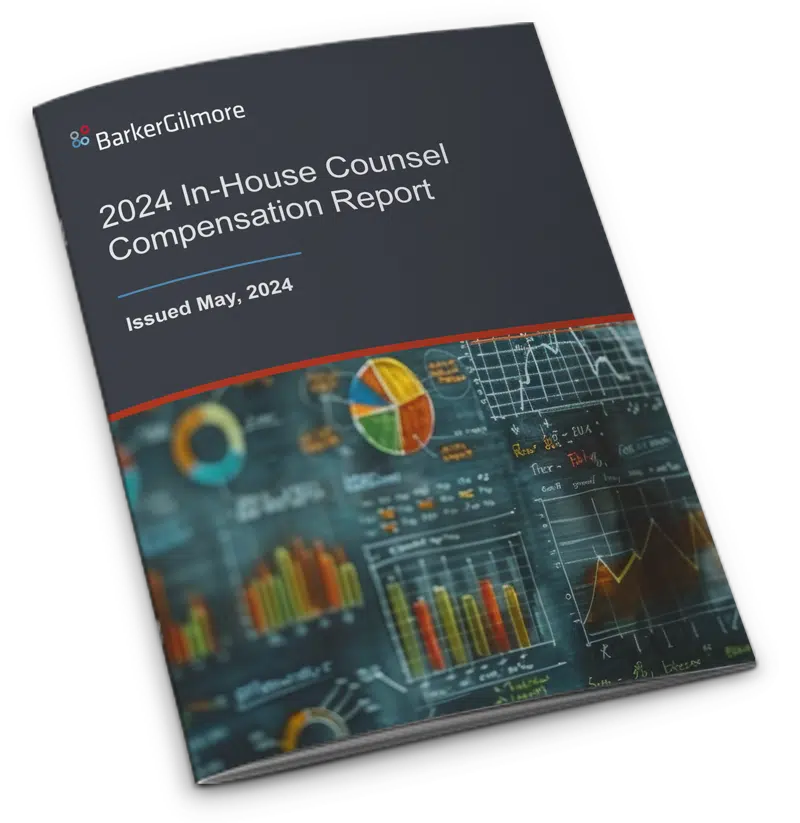Nearly every day, a new article or horror story about compliance makes the business news. As companies ramp up to meet new regulatory requirements and the threat of increased enforcement activity, the need for a dynamic Chief Compliance Officer and a top-notch compliance team has never been greater. A CCO must have excellent communication skills and the leadership gravitas to deal effectively with government pressure from the outside, as well as management and board pressure from the inside. Add to the list the ability to architect, execute, monitor, and maintain an effective compliance program, as well as the personal risk now inherent in the role, and it quickly becomes clear that a talented CCO is a rare find. Companies must place a high priority on retaining these critical leaders.
Nationwide, companies are expressing concern over the risk of CCO turnover. We surveyed compliance officers, general counsel, board members, and others for answers and found valuable information about retaining key compliance leaders. Across all respondents, it was clear that CCO job satisfaction is inextricably linked to the many ways that companies express commitment to the compliance program.
Compliance leaders want to work for companies that already value compliance, so the tone-at-the-top is a critical starting point for an effective program and a satisfied CCO. When a CEO clearly and often communicates the company’s commitment to its compliance program, the roots of a compliance culture can take hold. The CCO can then leverage that message to insure that it is felt throughout the organization. This requires the CCO and compliance team to be accessible to those in the business operations, particularly the middle managers who drive the day-to-day activities. “Effective compliance happens at the intersection of law and business,” observes John Frank, Vice President and Deputy General Counsel at Microsoft. “With each member of the team acting as a critical connection point, compliance professionals are in the unique position of being able to deliver change across the entire organization.”
Building a compliance department and a process that will be a conduit for change on an organization-wide scale is a top goal for most CCOs, but meeting this challenge requires another expression of commitment by the company – allocation of resources. Good intentions do not an effective compliance program make. Lip-service is not enough; it takes people, time, and support in many different ways. “The resources must be there,” says Vanessa Vargas-Land, former Vice President Compliance with Archer Daniels Midland Company and Compliance and Ethics Officer at Abbott Laboratories. There must be substance behind the compliance message in the form of budget and headcount. “It can be especially difficult if the company is struggling financially.” Inadequate resources severely limit the CCO’s ability to get the job done and meet objectives. Not surprisingly, compliance leaders with the highest levels of job satisfaction express confidence that the compliance program is comprehensive and working to monitor and mitigate risk across the enterprise.
“What we are seeing now is the rapid development of best practices in compliance and compliance leadership,” said Mary Cranston, Chair of the audit committee for Visa. “The whole concept of compliance and its place in the organization is being formed as a separate and critical function, and the CCO is having more and more added to their plate.” To carry the load, compliance professionals – and the executives and board members who rely on their counsel – unanimously agree that the CCO needs a seat at the table. Cranston says, “Managing risk is a huge job and the CEO has to own it.” By giving the CCO a place among the executive leadership, the compliance chain of command is clear. The CCO needs the authority that comes with sitting at the table, insuring that any compliance concerns are heard. “When something goes wrong and regulators come knocking, robust and thoughtful compliance leadership provides a better line of sight to the problem,” notes Cranston. The integration of compliance activities into the business operations from the top down will give a company its best shot at convincing regulators that a path was planned and that it actually leads somewhere. A reporting structure that allows the CCO the necessary influence to drive change will insure that the operational risks taken in day-to-day activities are in line with the company’s established tolerance.
Along with gaining a seat at the table, CCOs are seeing a rise in compensation, reflecting the high market demand for expert compliance guidance. This trend is likely to continue while compliance teams are in ‘build out’ mode and certainly is a factor in CCO job satisfaction. The focus on rising salaries is largely a function of increased responsibility; the CCO must sign on the dotted line that the organization is in compliance, and the government is promising an uptick in enforcement efforts. This level of personal risk requires in-kind compensation.
Hiring chief compliance officers and retaining them is a challenge, but no greater than that which the CCOs face in today’s regulation-intense environment. To be effective, a CCO needs commitment from the top of the organization to the compliance mission and goals, as well as the resources to build and develop great teams. CCOs want compliance to be highly valued and, through leadership buy-in, integrated into the fabric of their organizations. A compliance recruitment firm like ours can help you hire a chief compliance officer who is the best fit for your organization so he or she will be more likely to stay longer.
Shelly Scott is a managing director at BarkerGilmore, a leading executive search firm specializing in recruiting general counsel, chief compliance officers and board members. She can be reached at (585) 598-6551, sscott@barkergilmore.com, or the corporate website, www.barkergilmore.com.
Download “What Drives CCO Retention – Ethisphere Magazine Q1 2014”
Connect with a legal recruiting advisor
* indicates required fields







